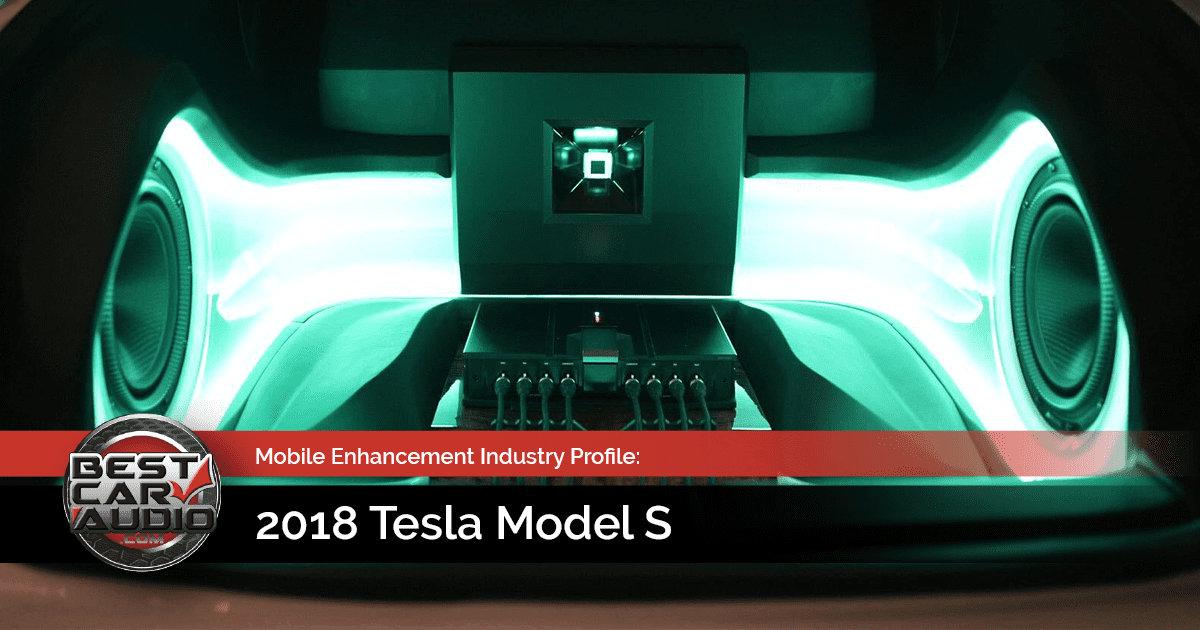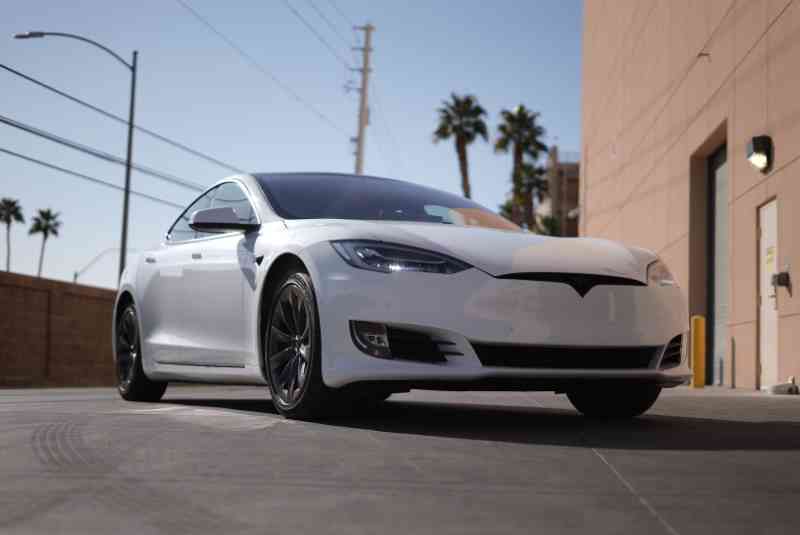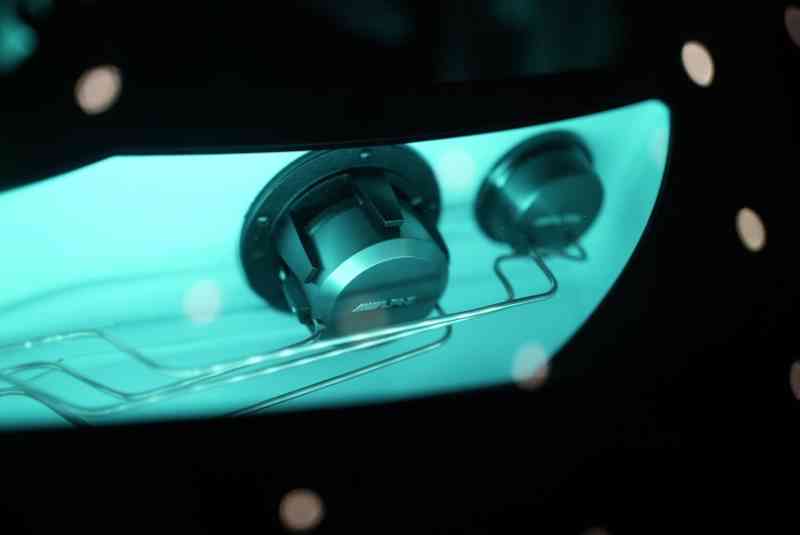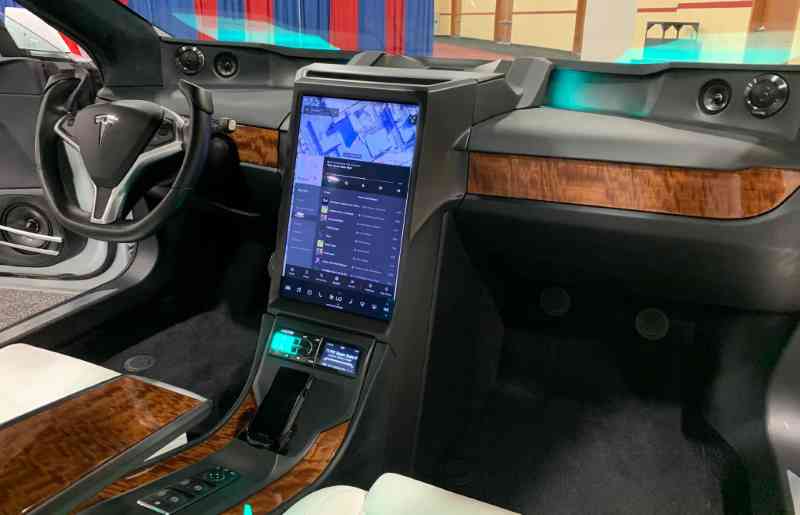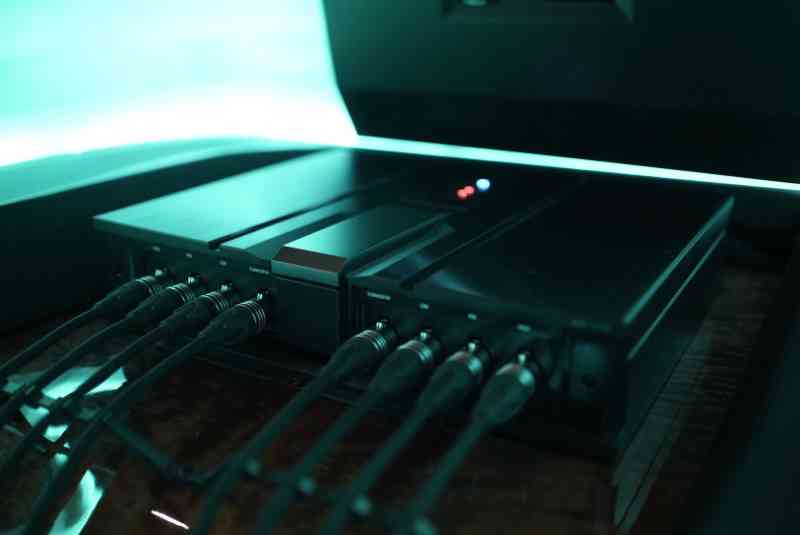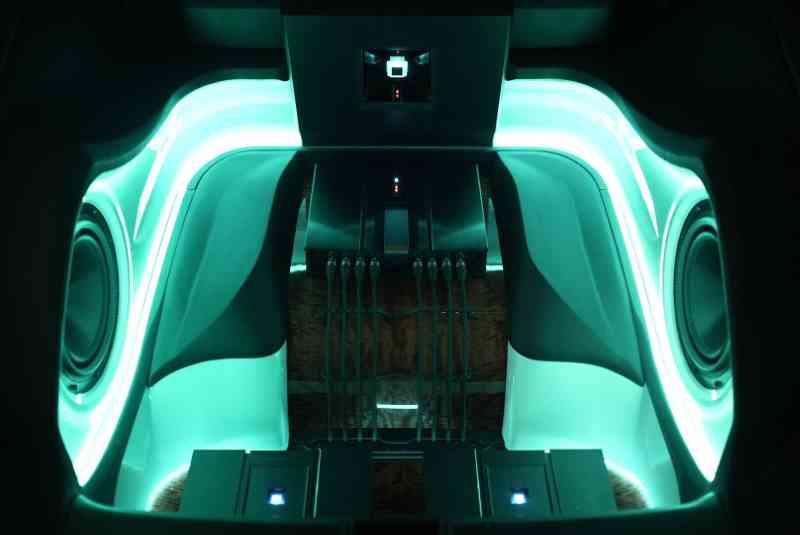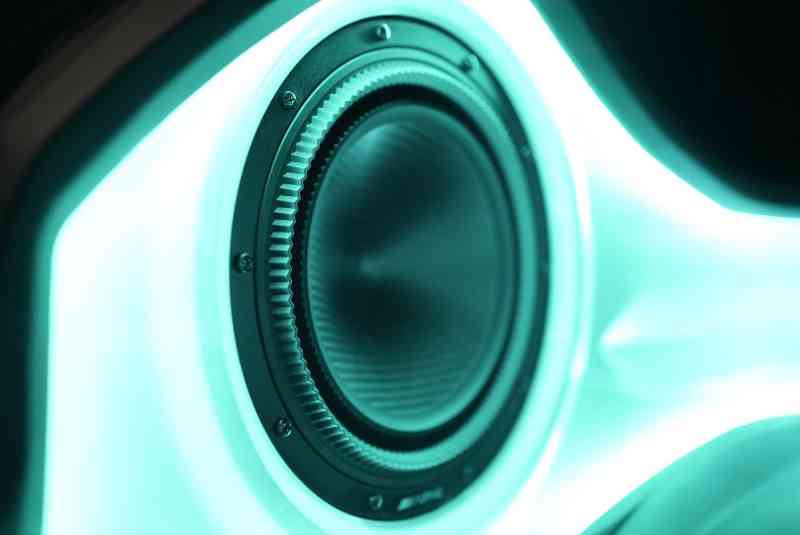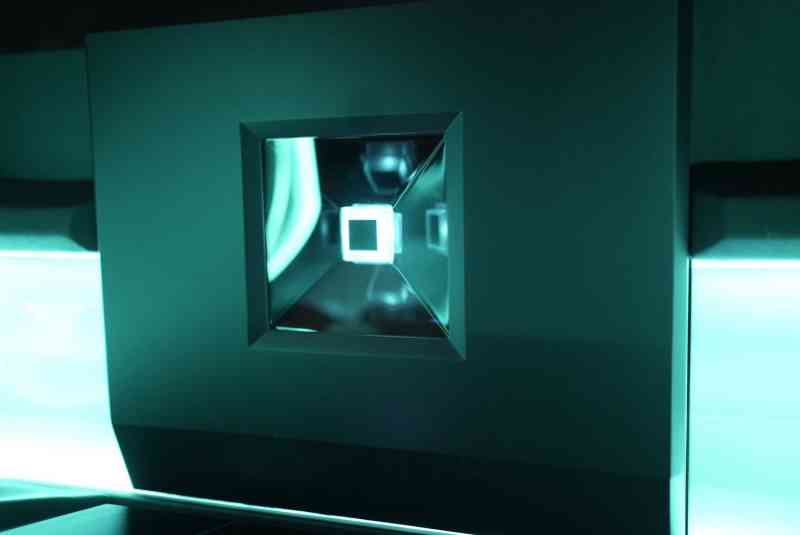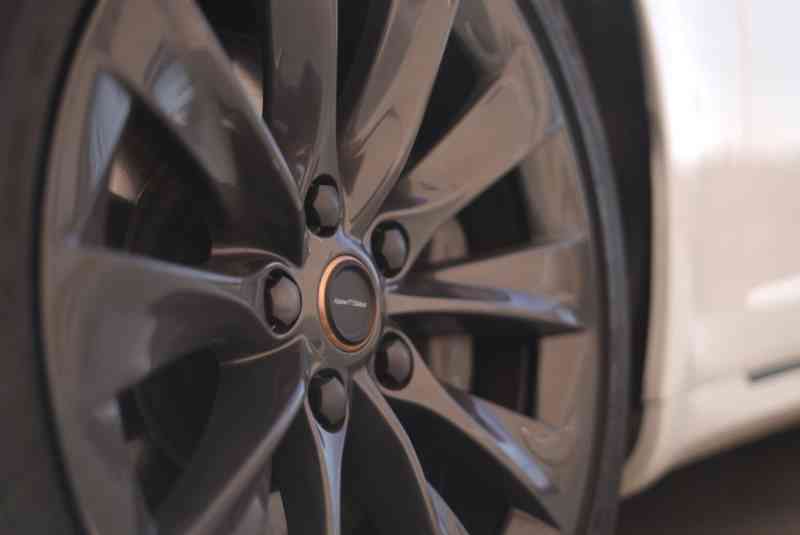A Honda Civic Si, Acura RSX, Mini Speedster, BMW X5, the Sinister 6 and the Imprint RLS – if you recognize the pattern here, you know it’s a list of Alpine demo vehicles. Perhaps calling them demo vehicles is an understatement. These creations set the bar so high that few companies have followed in their tracks. Each vehicle was designed and crafted to showcase Alpine car audio products in a way that made a clear statement to everyone who was privileged to experience them.
The first-gen AlpineF#1Status (said as “Alpine Eff Number One Status”) system centered around maximizing the capabilities of the compact disc. The second AlpineF#1Status was designed to make the most of DVDs. The logical progression was for the third generation to maximize the performance of digital media files. In August 2021, Alpine announced its third generation AlpineF#1Status system. Perhaps it was naïve to think that a demo vehicle wouldn’t follow. Thankfully, it did, and we present the 2018 Tesla Model S 100D AlpineF#1Status demo vehicle.
Why a Tesla Model S?
I talked with Steve Brown, the director of new business development at Alpine Electronics of America. Steve explained that the goal for this Model S was to serve as a genuinely mobile display of the new AlpineF#1Status system. Unlike some previous builds, the plan was to keep this car drivable and negate the need for costly transportation expenses. In short, Alpine staff can get in the car and drive it to dealers and events across the country without any fuss. Second, the choice of an electric vehicle was based on the massive battery capacity and the vehicle’s ability to run the climate control system during demonstrations without an internal combustion engine. Additionally, the Tesla Model S is a luxury vehicle that matches the philosophy of the company’s flagship products.
Many of our readers might not know that a significant portion of Alpine’s business in North America is done at the vehicle manufacturer level. Alpine supplies speakers, source units, amplifiers and signal processing solutions as standard equipment on many cars, trucks and SUVs. The head office of Alpine Electronics of America is in Auburn Hills, Michigan, specifically for its proximity to Detroit. Alpine has six expert car audio fabricators on staff full-time to create technology demonstration platforms to present to automakers. These talented veteran car audio craftsmen were tasked with building the Tesla Model S over a period of six months.
Alpine Tesla Model S – The Dashboard
If one single aspect of the Model S commands attention, it’s the dash. The goal with the Model S was to provide an optimized listening experience for the AlpineF#1Status system. The first step was to make a home for the 2.5-inch HDZ-9000TW ring radiator tweeters and 3-inch HDZ-9000MID midrange speakers. The team cut 3 inches off the top of the dash to place the speakers directly on-axis with the listeners. If you understand how speaker directivity works and consider that this system is capable of passing audio signals to almost 100 kHz, the tweeters must be aimed directly at the listeners.
With a location chosen, the criteria of showing off the product even when the doors were closed came into play. The fabrication team created a speaker enclosure for each side of the dash with a window on top that allows onlookers to see the back of the speakers through the windshield. The “wiring” for the speakers is handled by hand-bent 10 gauge solid copper rod rather than the typical PVC-encased stranded cable. Of course, Arduino-controlled LED lighting was added to give the speaker enclosure that classic Alpine green glow.
The modifications to the dash included eliminating the top of the steering wheel to ensure that it wouldn’t be in the way of the speakers – very similar to the yoke design in the Tesla Model S Plaid. The area behind the massive 17-inch Tesla touch panel in the center of the vehicle was trimmed to the main portion of the dash to help eliminate reflections. The LCD screen that is normally in front of the driver was relocated to the center of the dash. If you wonder where it is, it’s on a motorized panel that brings it into view when the vehicle is being driven. For an added touch of class, the dash trim was treated to a layer of African makore wood veneer to maintain the car’s classy feel.
At the base of the center cluster is the new HDS-7909 head unit. Kudos to Alpine for bringing back the green chicklet design that became the brand’s trademark back in the 1980s. The HDS-7909 allows for track selection, volume control and EQ preset selection. In addition, it includes an input from the factory sound system for terrestrial radio, Bluetooth and navigation prompts. In terms of supported file formats, it can handle WMA, OGG, ACC, MP3, FLAC and WAV at up to 384 kHz sampling rates and 32-bits of depth, or the limits of the chosen format.
Below the head unit is a DAP-7909 digital audio player. This unit includes 128 GB of NAND flash memory storage and can be upgraded with a 400 GB micro-SD card. The player adds support for ALAC, AIFF, DEF and DSF formats to those already playable through the HDS-7909. The digital audio player communicates with the black box brain of the HDS-7909 over a dedicated high-speed USB connection.
The custom door speaker mounts for the 6.5-inch HDZ-9000WF woofers round out the audio upgrades to the cabin. Each speaker is trimmed closely in perfectly wrapped leather. Protective bars keep shoes and boots away as people enter and exit the vehicle.
The Cargo Area
The philosophy of showing off the AlpineF#1Status system is in full force in the cargo area of the Model S. Starting at the center, the team placed the HDP-H900 audio processor atop a veneered-finished curved panel surrounded by beautifully crafted leather-wrapped trim pieces. The processor is unlike anything ever developed for the car audio industry. At its heart are a pair of master clock crystals housed in the OCXO DuCULoN temperature control system. In short, to ensure that the crystals oscillate at the exact frequency the designers wanted, they are housed in a compact oven that heats them to precisely 160 degrees Fahrenheit. The system will play immediately once powered up as the oven takes eight to 10 seconds to come up to temperature. Once optimized, jitter is effectively eliminated.
Equalization, delays and level adjustments are handled by a quartet of Griffin UL 1 GHz, 64-bit digital signal processors before being passed to an ESS ES9038 Pro HyperStream II digital-to-analog converter. Continuing the invitation to geek out, the connection between the head unit and the processor is handled by an A2B Audio Bus, so the 24,576 kbps data stream will arrive unimpeded.
Outputs from the processor are eight studio-grade, fully balanced XLR connections. These feed the pair of four-channel HDA-F900 amplifiers on the floor of the cargo area. These amplifiers offer flat frequency response from 4 Hz to 100 kHz with exceptionally low THD and class-leading SNR specifications.
Flanking the processors and amplifiers is a pair of 11-inch HDZ-9000SW subwoofers. Each driver is housed in a 1.5-cubic-foot sealed enclosure. Just as with the midrange drivers and woofers, the subwoofer cones are made of a carbon fiber reinforced plastic that is exceptionally rigid. Of course, additional LED lighting illuminates the painted surfaces around the subwoofers and ties into the classic green glow of the system.
Easter Eggs Are the Finishing Touch
While the fabrication may not seem as over the top as other builds, that doesn’t mean there aren’t a few subtle finishing touches that truly serve as the icing on the cake for this amazing project. Just rearward of the processor and again at the base of the windshield are stylized pods that mimic the illumination in the center of the amplifiers. When the system is on, these share the same green glow as the rest of the vehicle. Another cool little touch is the caps in the center of the wheels. Each bears the AlpineF#1Status logo, and they’re trimmed in a copper-colored ring.
Experience the Alpine Tesla Model S
The Model S debuted at the MGM Grand hotel in Las Vegas alongside another car audio industry event. Steve told us that the bookings to hear the car filled up in about 20 minutes after the show floor opened. Even when they decided to start early and stay late the next two days, those opportunities were also filled quickly. Reports from those who heard the system repeatedly mention getting goosebumps within seconds of the first track playing, with repeated episodes as they shared their experience with colleagues and friends. We’d consider that high praise.
Can you own an AlpineF#1Status system for your vehicle? Absolutely. Unlike previous versions, the components we’ve listed are sold as a complete set. You can’t pick and choose. The base system comes with the head unit, digital audio player, digital sound processor, two amplifiers, the three-way front stage speakers and a single 11-inch subwoofer. The only option in the system is to upgrade to a second subwoofer as was done in the Model S. The system’s price is $35,000 plus installation labor and materials. However, that lofty price tag does include having the system calibrated by one of Alpine’s technicians at the facility you choose to perform the installation. How’s that for making sure you’re happy with your purchase?
The Model S will be on tour across the United States, attending industry events and dropping by prominent retailers. If you have the opportunity, we highly recommend having a listen. Undoubtedly, it will change how you perceive music reproduction in the mobile environment.
For more information on Alpine products and the amazing new AlpineF#1Status system, visit their website. Also, be sure to follow Alpine’s Facebook page, Instagram feed and YouTube channel for the latest product, event and demo vehicle updates.
